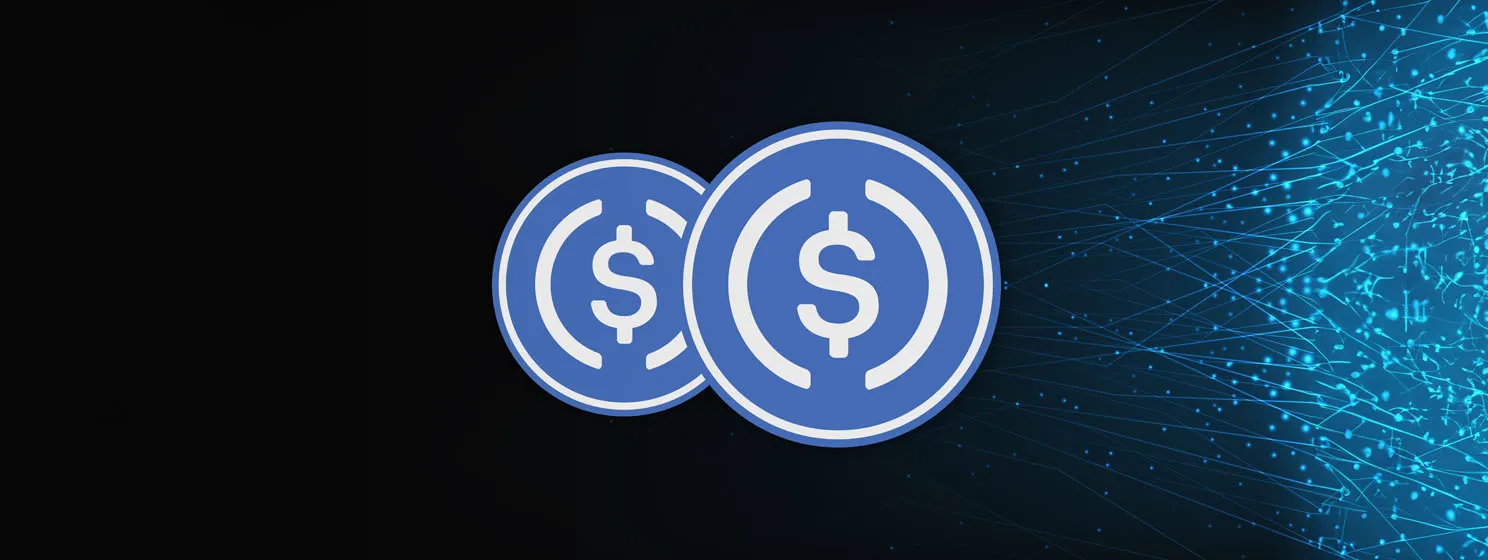|
Getting your Trinity Audio player ready...
|
There is only one ledger.
There is only one thing.
Digital things are from a different dimension where time flows much slower than ours. In this alternate dimension, there is identity; you can easily determine something’s uniqueness. There are no fakes. But when you project the object into our universe, it loses its individuality. One becomes many.
Think of a digital API license key. It represents a license to software. It is only one thing.
But if you take this digital asset and put it into our world, where the representation is just a string of digital code, then it can be copied. It loses its idempotence, its identity. From this fracturing stems all forms of digital malfeasance. Copyright infringements. Illegal copies of keys. Digital theft.
If only we could use digital assets in our world without losing their property of uniqueness.
Well, maybe we can.
In the world of the future, if we use our global blockchain ledger to enforce uniqueness, then the entire categories of misbehavior become irrelevant. Will this work?
A picture is worth a thousand views…
A picture is just a digital picture. A unique arrangement of bits. So is an API token that controls the behavior of an online application.
But one of those things, if copied, is not like the other.
A digital copy of a picture or a movie is just as good as the original. Because the LENS through which we experience the digital information is the same or at a lower resolution than the original. The idea of resolution is important. If you have copied the highest resolution form of a digital asset, which is static (meaning that you have captured all its possible expressions), then you have a copy that is just as good as the original.
A copy of a physical key need not be an atom-by-atom replica. It only needs to copy the original sufficiently enough to open the lock that the original does.
A copy of a digital picture only needs to have the same resolution as the digital original (negative, for those from the film industry) is just as good as the original. Meaning it can be consumed by the viewer just as well as the original.
We say that the good is substitutable.
This leads to the infringement of intellectual property rights. And this is notoriously hard to enforce or prevent.
But just because something is difficult to enforce, or isn’t enforced at all, doesn’t make it de facto legal.
We just lack the tools to properly enforce this form of digital property theft.
A digital license key is something unique in that its digital form is NOT what is important. It is what it can do. This is like a key in the physical sense. That the form of the key does not matter. The shape, the material, the wear… so long as it is sufficient to open a lock, it is useful as the key.
Unlike a picture or media, whose purpose is just to be consumed, a license key, like a physical key, is meant to unlock. In the real world, we have a problem that someone who steals or copies a key can just as easily access what is locked as the person who rightfully owns the assets under the lock. This is unfortunate, and this is just a result of our lack of tools to enforce.
But due to this familiarity with our physical dimension, we have brought this short-sighted view of keys into the digital world.
We also have no way to prevent the use of a copied key vs. one that is rightfully used by the owner of the property.
But in the future metaverse, using digital API keys which unlock functionality in applications or services… doesn’t have to be this way.
We now have blockchain technology and, with it, the ability to distinguish copies from the original. What Bitcoin SV started1 with the ability to “detect and prevent double spends” ultimately allows us now to always know which was the original.
If you copy an API key today, you can steal access to applications and services. (Just think of software licenses). But the software industry has started to fight back by keeping its own records of which license keys have been registered so that the same one cannot be used twice. This work effectively because it is presumed that if the legal owner registers it first, all subsequent attempts to register it will be illegal.
But this presents a problem in that the legal owner can only register the key once. And thus, the idea that a license key “per seat2” was born out of the necessity to keep the key unique. So companies added an element to make them unique… the quality of being the first to be registered.
But we have a better solution now. We have the blockchain. And because it guarantees that entries on its global ledger ARE guaranteed unique, we can thus use this tool as a medium to verify our keys.
If an API key were not simply entered into applications via a web form and taken as is but subsequently checked on the blockchain to ensure that it is the original, then we have solved our licensing and API key duplication problem. No longer would any application need to wonder if the key they are getting from the web form is legitimate, they just need to consult with the global ledger of all unique assets (in the form of a digital NFT) that it is the original.
At the end of the day, you have to either support the notion that the property owner should have their rights of ownership protected by the law or that theft, if executed in a way that cannot be enforced, should be normalized. I think most will agree that the former would lead to a more fair and honest society.
What makes something unique is the time dimension. We exist in time. Therefore, our history is as important as the part that makes us who we are than any given snapshot of ourselves or an instantaneous copy of our cellular or neural makeup. As long as we continue to treat all digital entities with their associated past together and resist the urge to separate the past from the snapshot, then we will start to understand how the world of digital entities in the metaverse will begin to make sense and interact with each other. At the very least, we will have much less digital fraud.
Notes:
[1] This started with Bitcoin originally, but through different modifications of the original protocol that BTC and BCH have made, they have eroded the original ability to prevent long-term double spending.
– RBF (Replace by Fee) in BTC
– Removal of the alert key
– Removal of the ability for miners to enforce rules by freezing coins
[2] Yes, for enterprise licenses, this was already necessary, but not for individual users.
Watch: The BSV Global Blockchain Convention presentation, Buzzmint: Elevating NFTs

 08-08-2025
08-08-2025 





